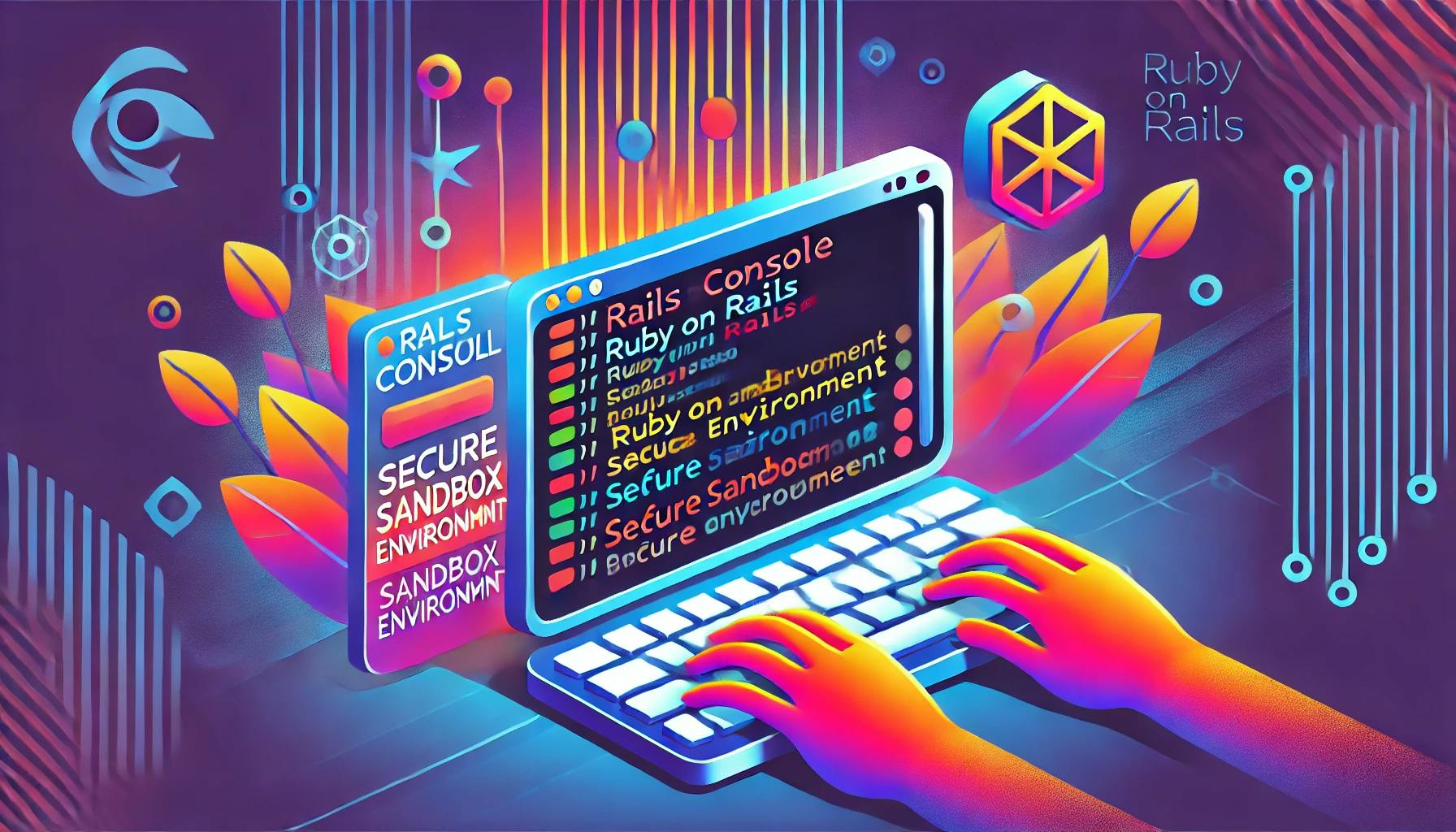Exploring rails console --sandbox: Benefits and Usage
Feb 13, 2025

Introduction
When working with Ruby on Rails, developers often need to test queries, modify data, or debug application logic. The rails console provides a powerful interactive environment to experiment with your application’s data and logic. However, making changes in a live development database can be risky. This is where rails console --sandbox comes in handy. It allows developers to test modifications without affecting the actual database, ensuring safe experimentation.
What is rails console --sandbox?
The rails console --sandbox command launches the Rails console in a protected environment where any changes made to the database are not persisted. Once the console session ends, all modifications are automatically rolled back, preventing unintended data corruption or loss.
Benefits of Using rails console --sandbox
- Safe Experimentation: Developers can test database queries, create and update records, and execute code without worrying about permanent changes.
- Quick Debugging: It provides an isolated environment to debug ActiveRecord queries, business logic, and Rails models without affecting the development database.
- Rollback Mechanism: Any modifications to the database are automatically rolled back when the session ends, eliminating the need to manually reset the database state.
- Better Testing Workflow: Ideal for testing different scenarios without cluttering the database with unnecessary test records.
How to Use rails console --sandbox
Using the sandbox mode is straightforward. Open a terminal and navigate to your Rails application directory, then run:
rails console --sandboxOnce inside, you can interact with your models and perform CRUD (Create, Read, Update, Delete) operations safely:
# Creating a new useruser = User.create(name: "John Doe", email: "[email protected]")puts User.count # This will show the updated count# Querying recordsputs User.first.inspect# Updating recordsuser.update(name: "Jane Doe")puts user.reload.name # Output: Jane Doe# Deleting recordsuser.destroyputs User.count # The count will decrease in the sessionAfter exiting the console using exit or CTRL+D, none of the changes persist. Running rails console again will show that the database remains untouched.
Use Cases for rails console --sandbox
- Testing database queries before applying them to the actual development environment.
- Simulating transactions to understand their behavior.
- Exploring ActiveRecord methods without modifying real data.
- Debugging issues in a safe environment without needing to reset the database manually.
Conclusion
The rails console --sandbox is a valuable tool for any Rails developer. It allows safe testing and debugging of database interactions without affecting real data. By incorporating sandbox mode into your development workflow, you can experiment freely while keeping your database clean and intact.
Next time you need to test a query or experiment with ActiveRecord, give rails console --sandbox a try! 🚀